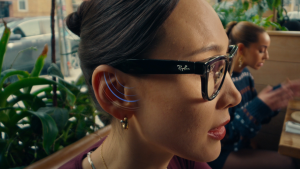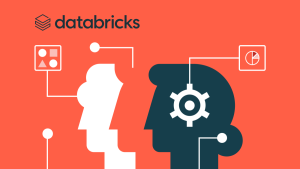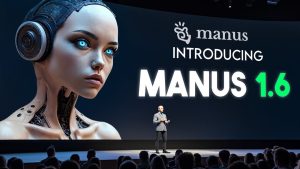From Chatbots to Computer Control

The world of artificial intelligence is taking a leap from chatbots to full-fledged computer control. As AI technology continues to advance, companies like Anthropic and Alphabet are pushing the envelope. These advancements herald a future where computers assist with everyday tasks, offering a glimpse into the potential of AI-driven interfaces.
Days after Anthropic introduced its Claude AI with new capabilities, rumors swirl about Alphabet’s Project Jarvis. This budding competition among tech giants underscores a race to redefine how we interact with technology. This shift could shape the future of personal and industrial technology, making everyday tasks simpler with the click of a button.
Humanoid Robots Enter the Scene
EngineAI, a Chinese robotics company, has introduced the SE01. This is a humanoid robot that walks just like humans. Thanks to advanced neural networks and specially designed joints, it mimics human movement almost perfectly. The company aims to produce 1,000 units annually by 2025, expanding its use from homes to industries.
AI and Audio Innovations
Meta’s NotebookLlama is an open-source project transforming text files into audio. Utilizing Llama models and text-to-speech, it turns PDFs and blog posts into audio content. While still robotic, improvements are on the horizon. It offers dramatization and a transcript, opening new horizons for digital content consumption.
Meanwhile, UCLA’s new deep-learning tool, SLIViT, analyzes 3D medical images with expert precision. It trains on smaller datasets using insights from 2D images. This allows faster learning with less data, showing promise for future clinical applications and even disease prediction.
Alphabet’s Ambitious ‘Project Jarvis’
Alphabet is reportedly developing Project Jarvis to control computers via browsers.
By analyzing screen captures, Jarvis can perform web tasks like booking flights or shopping online.
Set to release in December 2024, it aims to rival Anthropic’s Claude in AI’s race to dominate computer control.
Productivity Through AI
New AI tools are emerging to boost productivity, helping users with task management and creativity.
ClickUp combines chat and workspaces, while Klue merges market insights in a single platform.
CodeAnt automatically detects code issues, while Moonbeam assists in writing long-form content with AI. These tools showcase AI’s impact in various fields.
AI in the Social Space
Taplio helps users grow influence on LinkedIn in just 10 minutes a day. By generating posts and carousels from user interests, it simplifies content creation. With advanced analytics, users can track their growth beyond LinkedIn’s capabilities.
The power of AI in social media is evident, with platforms like Taplio enhancing user engagement and reach.
Exploring AI Content Design
Captions AI allows users to repurpose and caption videos effortlessly. After signing up, users upload their videos, choose templates, and customize fonts. The system auto-generates captions, which users can adjust for perfection.
Exporting requires a Pro account, enabling users to produce polished, captioned videos for diverse audiences.
By combining creativity and technology, Captions AI exemplifies the merging of design and functionality.
Capturing AI’s Creative Edge
ElevenLabs’ Voice Design generates unique voices from text prompts alone. It offers a new level of personalization in audio content, pushing creative boundaries.
This tool highlights AI’s ability to turn simplistic text into engaging auditory experiences. It marks a new era in content creation, where the voice becomes as customizable as the message itself.
As AI tools evolve, they enhance both productivity and creativity, offering users endless possibilities in content innovation.
Rising Trends in AI Engagement
AI is not just improving efficiency but transforming how we engage with technology. Whether through social media growth or innovative content design, AI tools are reshaping digital landscapes.
With continuing developments, these technologies promise to refine user experiences and redefine online interactions.
The integration of AI into everyday tasks provides a glimpse into a future where technology seamlessly meets human needs.
AI-Driven Interfaces of Tomorrow
As companies race to develop the next big AI interface, users are poised to benefit from smarter tech.
Project Jarvis and similar innovations are part of a broader ambition to create platforms that simplify and enhance daily activities.
With improved AI interfaces, our interaction with technology stands to become more intuitive and efficient. This evolution opens doors to new ways technology can assist us in our personal and professional lives.
AI is gradually taking charge of computer control, leading to easier technology interactions. This is more than just convenience; it’s the start of a technological revolution. As AI continues to advance, the possibilities for enhancing daily life are truly inspiring.





